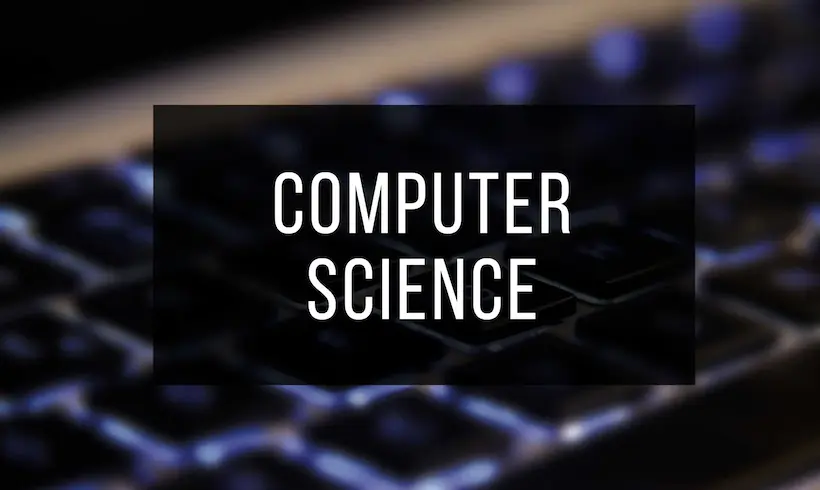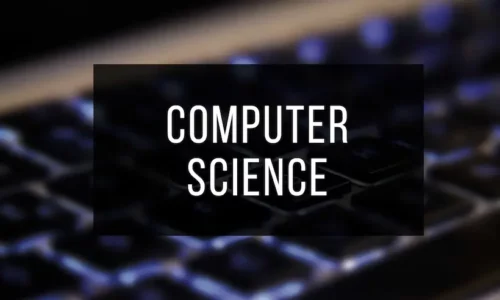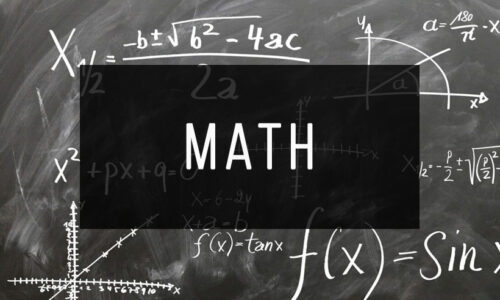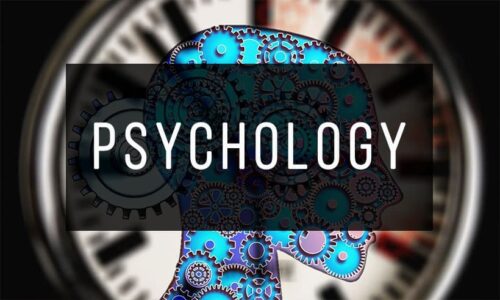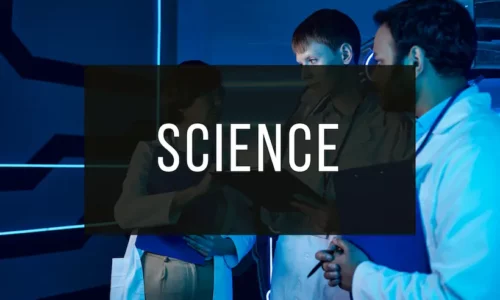Are you looking for the best computer science books to download for free? You’ve come to the right place!
Welcome to our virtual library, where you’ll find a wide selection of resources and knowledge to boost your career in the world of technology.
We understand the importance of having quality material in the computer science field. That’s why we’ve made an effort to gather a collection of computer science books covering topics such as programming, artificial intelligence, cybersecurity, and much more.
Whether you’re a beginner looking to learn the basics or an expert seeking to expand your knowledge, we’re confident you’ll find the perfect book on our platform.
Moreover, all our computer science books are available in digital format, making it easy to download and read on any device.
Don’t wait any longer, dive into the exciting world of computer science and download your favorite books for free today.
1) Agile Methodologies Books
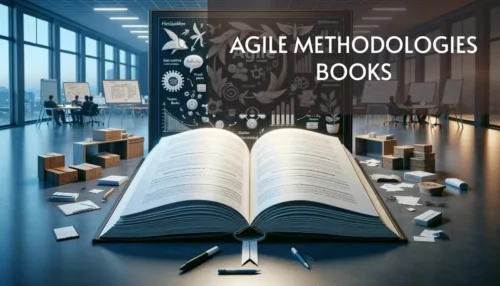
Being the business field one of the broadest, most current, and most interesting, we have compiled a series of free books on agile methodologies in PDF format, especially for you.
Agile methodologies can be defined as a set of techniques that are implemented to optimize the overall operation of the work, delivering perfect or near-perfect results in less time.
To discover how to use these methodologies to manage crises, mitigate changes in a product or service, and do everything you can do with them, we invite you to dive into the texts that we present in this section.
2) Algorithms Books
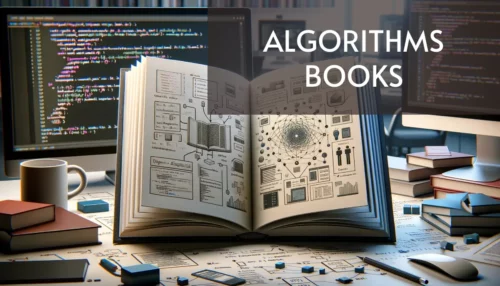
In computer science, an algorithm is a sequence of sequential instructions, thanks to which certain processes can be carried out and certain needs or decisions can be answered. They are ordered and finite sets of steps that allow us to solve a problem or make a decision.
Algorithms must be precise and indicate the logical order of execution of each of the steps, it must be defined and this means that if an algorithm is executed several times the same result must always be obtained, it must also be finite, i.e. it must start with an action and end with a result or solution to a problem.
All tasks executed by the computer are based on algorithms. A software or computer program is designed based on algorithms, so that we can introduce a task in it and solve it.
3) Artificial Intelligence Books
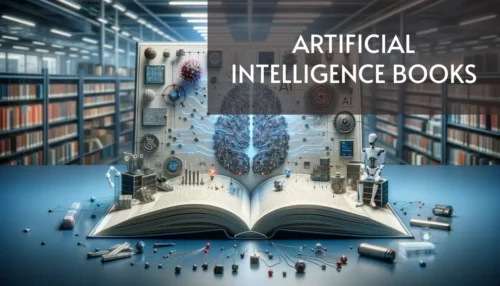
Artificial Intelligence (AI) is the combination of algorithms devised for the purpose of creating technologies that emulate characteristics or capabilities unique to the human intellect. The term was adopted in 1956, but has become more popular today due to increased data volume, advanced algorithms, and improvements in computing power and storage.
Artificial intelligence is developed from algorithms, which are mathematical learning capabilities, and the data needed to train the algorithms. The data is usually observable, publicly available, or generated in some companies. And the algorithms iterate over that data to learn from it.
Typically, an AI system is able to analyze big data, identify patterns and trends, and therefore formulate predictions automatically, quickly and accurately. For us, the important thing is that AI makes our everyday experiences smarter.
4) Automation Books
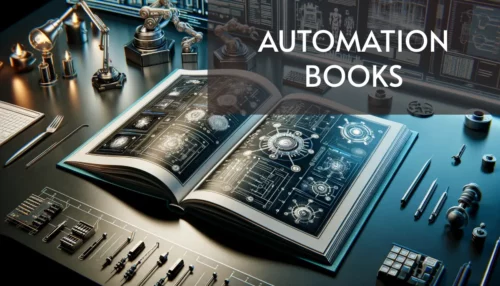
Automation is the set of computer, mechanical and electromechanical elements or processes that operate with minimal or no human intervention. They are typically used to optimize and improve the operation of a factory, but automation can also be used in a stadium, a farm or even in city infrastructures.
Today, robotics and computing have made it possible to increase the scope of automation. Machines are used in countless industrial sectors to automate processes.
Automation does not always mean replacing people. Sometimes it will happen, because some steps that require human interaction will be eliminated, but the advantages lie in productivity, standardization and efficiency. Thanks to the paradox of automation, not only is efficiency achieved, but human intervention becomes more important, albeit less frequent.
5) Big Data Books
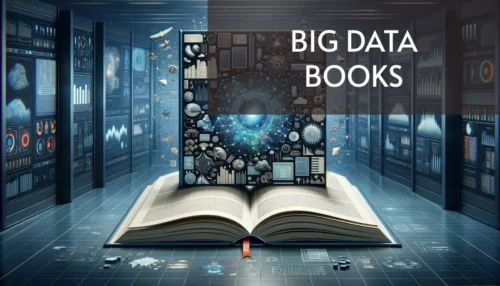
The term “big data” refers to data so large, fast or complex that it is difficult or impossible to process using traditional methods.
The act of accessing and storing large amounts of information for analysis has been around for a long time. But the concept of big data gained momentum in the early 2000s, when industry analyst Doug Laney articulated the current definition of big data as the three Vs (Volume, Velocity, Variety).
As Big Data is something that never stops growing, the tools used to manage it evolve with it and are constantly being refined. Tools such as Hadoop, Pig, Hive, Cassandra, Spark, Kafka, etc. are used, depending on the needs of each organization. There are many, many solutions, and many of them are open source.
6) Blockchain Books
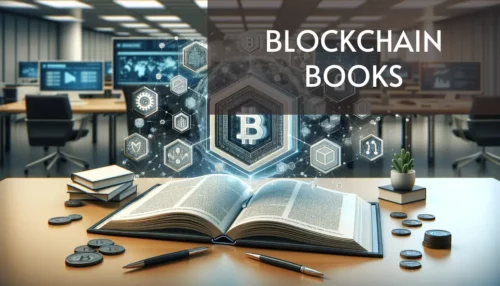
Blockchain is a technology created in 1991 by scientists Stuart Haber and W. Scott Stornetta by introducing a computationally practical solution to time-stamp digital documents so that they cannot be modified or manipulated,
It is a single, consensual record distributed across multiple nodes in a network. It is basically a system with which secure transactions can be made between people around the world without the need for intermediaries.
Blockchains can only be updated by the consensus of the majority of the system’s participants, which are called nodes and are in essence a computer arranged for these transactions. This information can never be erased or modified, so Blockchain is presented as an immutable and permanent record.
7) Books about Computing
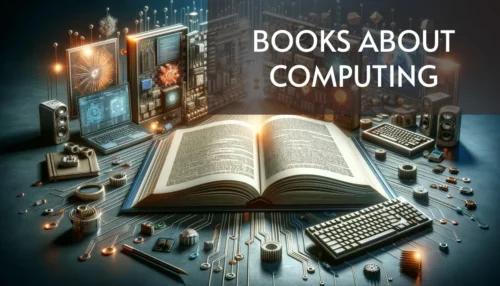
Computing is the science that deals with the study, evaluation or expansion of technological and digital equipment. It is in charge of studying, expanding and understanding the processes of computers, in addition to the operation of peripheral equipment that can work with it.
It has a history of no more than a century, although sources claim that its beginnings date back to when machines or artifacts oriented to different calculation tasks began to be manufactured; in 1623, the first mechanical calculator was invented by a famous German mathematician named Wilhelm Schickard.
The scope of computing is incalculable, the modification in the processes of activities has already occurred and continues to advance in an unprecedented way, constantly transforming our lives and originating new personal requirements that demand us to be aware of these new resources.
8) Books about ICT
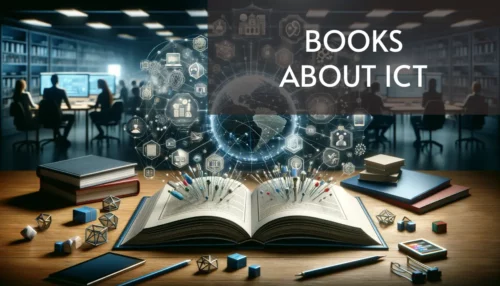
ICTs are the set of technologies developed today for more efficient information and communication, which have modified both the way of accessing knowledge and human relations. ICT is the abbreviation for Information and Communication Technologies.
These information channels are directly linked to everyday technological advances. ICTs have had an astronomical impact on the life of societies and have displaced traditional media with new and improved versions.
Over time, this type of resource has increased and currently provides valuable services such as e-mail, searching and filtering information, downloading materials, and online commerce, among others.
9) Cloud Computing Books
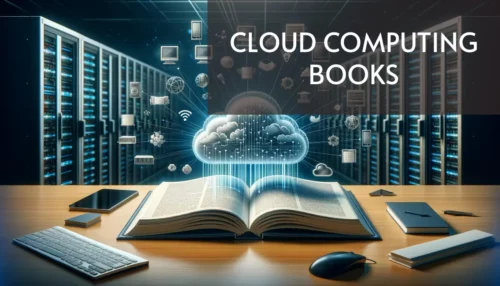
With the idea of offering you information of great interest as we always do, we have dedicated ourselves to creating a series of free cloud computing books in PDF format.
Cloud computing allows remote access to software, file storage, and data processing through the Internet, offering large-scale services through connectivity.
Among the information that you can learn about in our texts are the advantages that this technology provides, such as cost reduction in infrastructure, accessibility, security, and data recovery.
10) Computer Networks Books
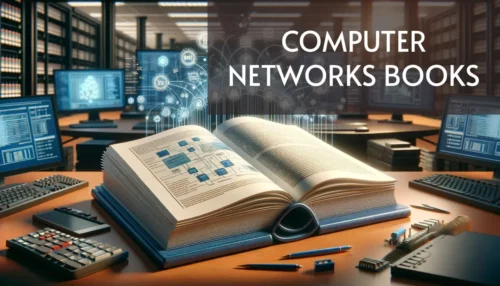
Computer networks or data communication networks refer to a series of computer systems connected to each other by a series of wired or wireless devices, through which you can share information in data packets, transmitted by means of electrical impulses, electromagnetic waves or any other physical means.
Computer networks can be classified in two different ways or types:
– According to their size into local area networks called LAN (small), metropolitan area networks called MAN (consisting of several LANs) and wide area networks called WAN (e.g., the Internet).
– According to the way the equipment is connected: line, bus, star and ring.
11) Computer Security Books
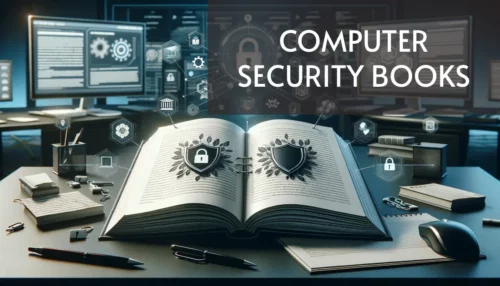
Computer security is the process of preventing and detecting unauthorized use of a computer system. It involves the process of protecting against intruders who use our computer resources with malicious intent or for profit, or even the possibility of accessing them by accident. Threats can come from malicious programs that are installed on the user’s computer (such as a virus) or that arrive remotely.
In the case of viruses, it should be noted that there is currently a very long list of viruses that can significantly damage any computer or computer system. For example, there are so-called resident viruses, direct-action viruses, encrypted viruses, etc.
Computer security consists of security measures, such as antivirus software programs, firewalls and other measures that depend on the user, such as activating or deactivating certain software functions.
12) Cryptography Books
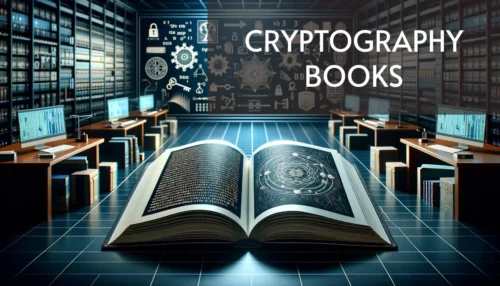
The web world is continuously expanding and the need to protect information is becoming indispensable, so we have created a series of free cryptography books in PDF format for you to learn more about the subject.
Cryptography is the branch of cryptology that deals with coding or encryption techniques, focused on changing the linguistic representations of some messages to make them unintelligible to unauthorized persons.
The uses, advantages, and benefits of this science, you can learn about them in the texts we share with you in this section, as well as the most used techniques in cryptography.
13) Data Analysis Books
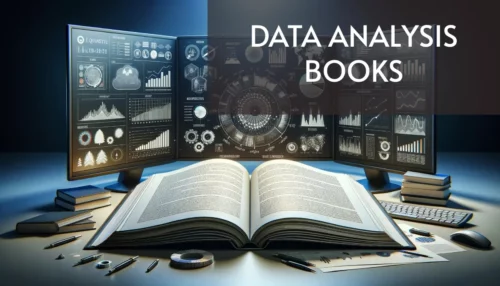
To provide you with easy access to highly relevant and applicable information in the current field, we have prepared a collection of free data analysis books in PDF format.
The science known as data analysis is responsible for evaluating a multitude of information in order to draw conclusions that enable accurate and objective decision-making or expand knowledge on one or several subjects.
Within the texts we are sharing with you in this section, you can find comprehensive information regarding data analysis, including methodologies, tools, approaches, types, and more.
14) Database Books
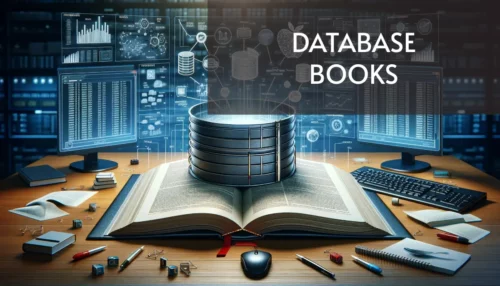
A database is a collection of information pertaining to the same context, arranged in a systematic way for later retrieval, analysis and/or transmission. This term was first heard in 1963, at a symposium held in California, USA.
- Among the main characteristics of database systems are:
- Logical and physical independence of data.
- Concurrent access by multiple users.
- Data integrity.
- Security of access and auditing.
- Backup and recovery.
- Access through standard programming languages.
For a Database to be truly functional, it must not only store a large number of records, but they must also be easily accessible. In addition, new information and changes must also be fairly easy to make.
15) E-Commerce Books
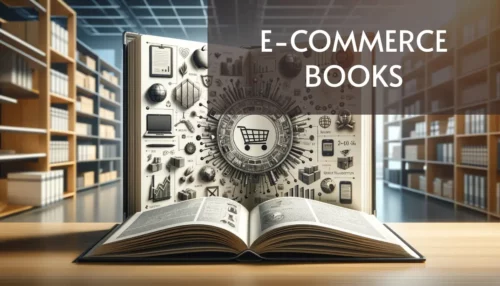
Electronic commerce or e-commerce can be defined as the economic activity that allows the trade of products and services from digital media, such as websites, mobile applications and social networks. The relevance of this type of commerce is such that companies take it as part of the sales strategy thanks to its efficiency.
These are the main business models in e-commerce according to the agents involved B2B: Buying and selling between companies; B2C: Sale of goods and services from companies to consumers; C2B: Individuals selling their goods and services to companies; C2C: Buying and selling goods and services between consumers.
Among the advantages of e-commerce is the possibility of accessing products from all over the world, which do not even have to be displayed to the public in a physical store. This allows the seller to save costs.
16) Excel Books

Excel is a computer program developed and distributed by Microsoft Corp. It is a software that allows you to perform accounting and financial tasks thanks to its functions, developed specifically to help create and work with spreadsheets.
In Microsoft’s first exploration in the creation of spreadsheets allowed to handle numerical data in a list constituted by the union of rows and columns, this was created in 1982, with the exposure of Multiplan. Giving rise 3 years later to the first version of Excel.
Excel is different from all other office programs because it allows us to work with numerical data. With the numbers we store in Excel we can perform basic arithmetic calculations and we can also apply more complex mathematical functions, or use statistical functions.
17) Hacking Books
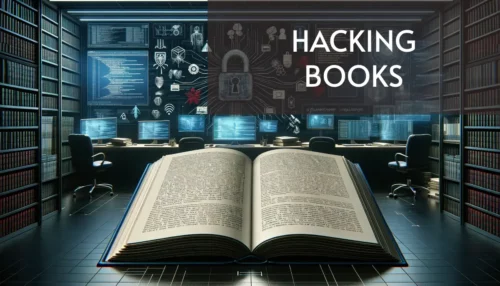
Hacking is the set of techniques used to access a computer system by violating the originally established security measures.
Generally, when we talk about hacking we usually refer to illicit access; but hacking as such, is a set of techniques used to enter a computer system by violating the security measures, regardless of the purpose for which it is performed, it can be lawful and requested.
Ethical hacking, also known as white-hat hacking, in contrast to traditional hacking with criminal motives, focuses on programming weaknesses and software conceptual design (bugs). In the case of security testing, the focus is, among other things, on applications and web security. In addition to software, any hardware in use can be integrated into the system security testing process.
18) Internet of Things Books
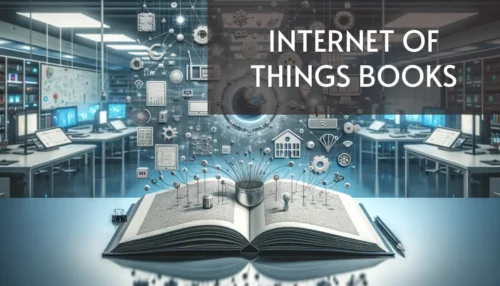
The advancement of technology has provided us with endless advantages and facilities, so that you know the details of one of the most outstanding developments, we present our free Internet of Things books in PDF format.
The Internet of Things encompasses objects that include sensors, software and processing capabilities; to exchange data with other objects, devices and systems via the Internet and other communication networks.
In our texts you can learn in detail everything related to the branches covered by the Internet of Things, such as telemetry, geopositioning, Business Intelligence, Machine Learning, among others.
19) Machine Learning Books
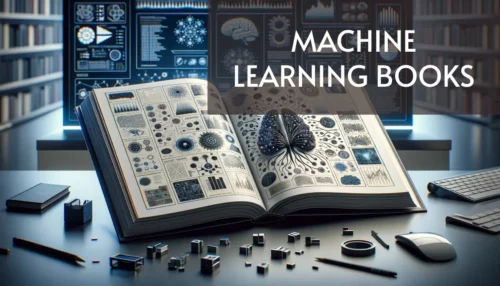
Taking into account that artificial intelligence has made inroads in countless fields of life, we present a series of free machine learning books in PDF format, so you can learn how AI benefits the business area.
Machine Learning thanks to the fact that it facilitates the connection between customers and companies or businesses, helps promote services and products, and collaborates with cybersecurity issues, has become a valuable tool for companies.
Find out how this branch of AI can benefit the financial sector, marketing, advertising and social networks, security, industry, health and medicine, communications, etc., by consulting the texts in our section.
20) NFT Books

An NFT stands for “Non-fungible token”, it is a file that is not consumed with its use or transfer. It is attached to the Ethereum blockchain, Cardano, or any other blockchain.
The main characteristic of NFTs is that they are digital assets, i.e. they are not real, tangible objects, which we may have in our homes, but pieces of digital content that will be stored on a server.
They can be used to generate unique digital items, which can be investment products, collectibles, art, or any other product of some significant value.
21) Operating Systems Books
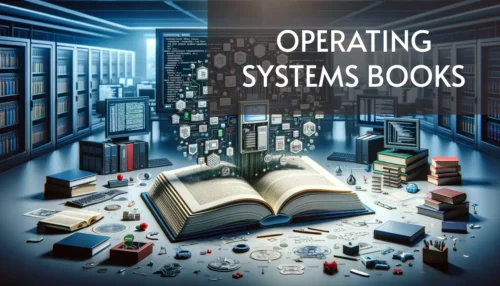
The operating system is the software that coordinates and manages all the services and applications used by the user on a computer, making it the most important and fundamental. It is made up of programs that enable and regulate the most basic aspects of the system. The most commonly used operating systems are Windows, Linux, OS/2 and DOS.
The operating system is already installed on the computer and most people do not make any modifications to it. However, it is possible to upgrade or change it.
All operating systems use a graphical user interface. That is, the one that allows you to use the mouse to click icons, buttons or interact with any other element to perform actions or tasks.
Operating systems, also called kernels, usually work in a privileged way with respect to the rest of the software, without allowing any program to make important changes to it that could compromise its operation.
22) Photoshop Books
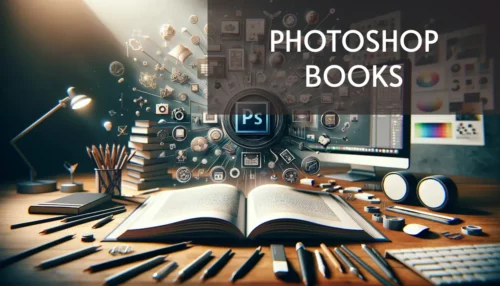
Photoshop is the popular name for image editing software. Its full name is Adobe Photoshop and it is developed by Adobe Systems Incorporated. It runs on Apple Macintosh and Windows operating systems.
Currently, it is one of the essential allies of any marketing team, especially in the creative branch, given its potential to create any type of graphic material with relative ease. It requires some learning, but its possibilities are almost endless.
Photoshop’s main functions are related to photo retouching, graphic design, illustration creation, web design, photo compositions and even video graphics. Its tools have become not only an icon of the program, but a de facto standard, so that all other image retouching applications now offer them as well.
23) PowerPoint Books
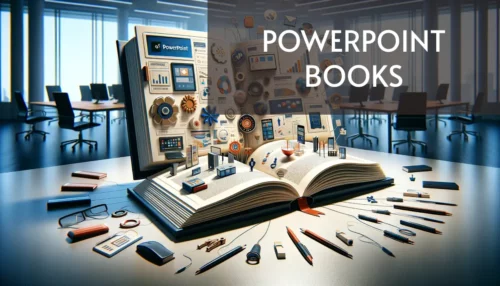
PowerPoint is a software whose purpose is oriented to the generation of presentations that include text, graphics, animations… It is part of the set of applications that integrate the package called Microsoft Office.
This program revolves around three main functions:
- An editor, which serves not only to write text but also to give it the desired format (size, typography, color, alignment…).
- A system for inserting photographs, audio and even video files. All these elements complement and reinforce the textual content.
- A system that proceeds to display all the content, whatever its type, in an absolutely continuous manner.
24) Programming Books
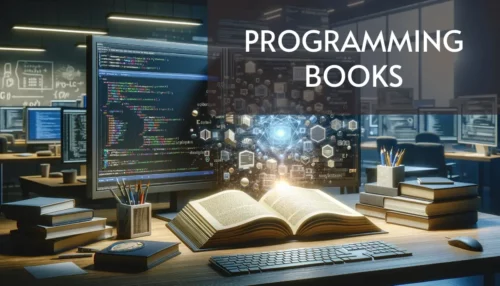
Programming is the process of taking an algorithm and encoding it in a notation, a programming language, so that it can be executed by a computer. Although there are many programming languages and many different types of computers, the first step is the need for a solution. Without an algorithm there can be no program.
The programming language is a predesigned artificial language made up of signs, words and symbols that allows communication between the programmer and the computer.
The instructions that the computer follows to execute applications and programs are written in programming language and are then translated into a machine language that can be interpreted and executed by the computer’s hardware (physical part). The best known programming languages are: Basic (1964), C++ (1983), Python (1991), Java (1995), C# (2000), among others.
25) Quantum Computing Books
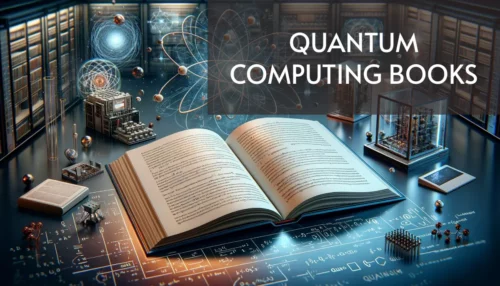
For those who are looking to get information about the most innovative in the area of computer technology, we bring you a complete selection of free quantum computing books in PDF format.
Quantum computing has opened up the possibility of creating new programming algorithms, capable of solving problems that traditional computing has not been able to solve.
With texts ranging from basic concepts to the development of new programs and solutions, we present our collection of books for you to learn everything you want about quantum computing.
26) Robots Books
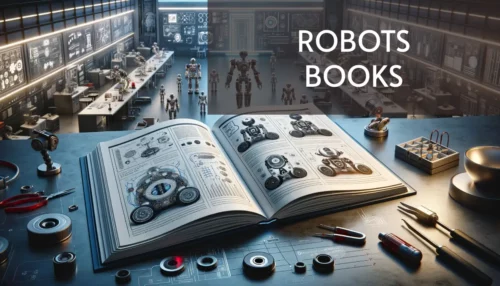
A robot is a computer-controlled machine programmed to move, manipulate objects, and perform work while interacting with its environment.
The robot can be a physical electromechanical mechanism or a virtual software system. Both give the impression of having the capacity for thought or resolution, although they are limited to executing orders dictated by people.
Robotics is the science and technology of building robots. It used to be part of mechanical engineering, but thanks to current technological advances it has been separated from mechanics to become closer to computer engineering.
27) Software Engineering Books
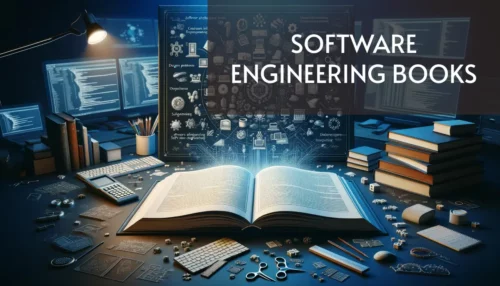
Considering that software development is one of the most popular topics nowadays, we have created a selection of free software engineering books in PDF format for you.
In the texts, you will learn everything about software design, how to adapt it to meet the needs and demands of customers, how to solve programming problems, and all phases of the life cycle of a product.
A complete collection of texts with the information you need to start or reinforce the knowledge you have of software engineering.
28) Telecommunications Books
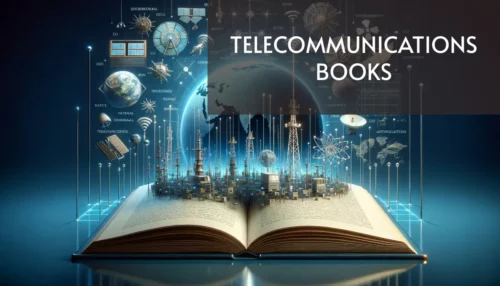
The concept of telecommunication encompasses all forms of distance communication. The word includes the Greek prefix tele, meaning “distance” or “far off”. Telecommunication is therefore a technique that involves the transmission of a message from one point to another, usually with the additional characteristic of being bidirectional.
It is a broad term that includes a wide variety of information transmission technologies, such as telephones (wired and wireless), microwave radio frequency communications, fiber optics, satellites, radio and television broadcasting, the Internet and telegraphs.
Telecommunications, as we know it today, had its first turning point in 1800, when Alessandro Volta invented the electric battery. The next major breakthrough was the electromagnetic telegraph developed by Samuel Morse in 1835 and then the expansion of the telephone in 1876 when Alexander Graham Bell obtained its patent in the United States. From then on, the advancement of telecommunications grew rampantly.
29) Virtual and Augmented Reality Books
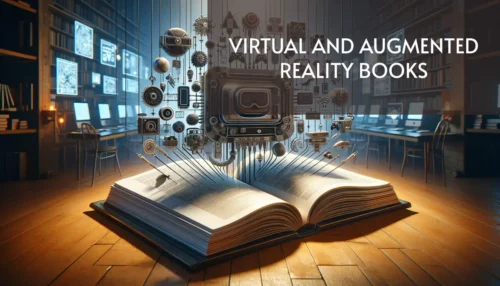
To allow you to learn and know all the details about the new and impressive technologies that invade the world, we present a complete series of texts.
The world of possibilities offered by virtual reality and augmented reality are extensive; from creating new universes to include images or graphics that allow you to interact with your environment and much more.
On the other hand, you can also learn about all the applications that can be given to these technologies in the collection of free virtual and augmented reality books in PDF format, which we present in this section.
30) Web Design Books
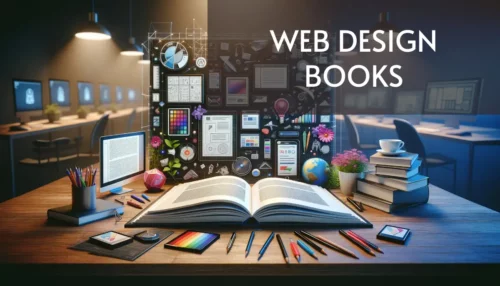
Web design is an area focused on the development of digital interfaces, such as the design of websites and applications. To do this, web designers create pages using markup languages such as HTML or XML.
It requires taking into account navigability, interactivity, usability, information architecture, and the interaction of media such as audio, text, image, links, and video. This process encompasses many areas, such as interface design, SEO optimization, and website design among other things.
The visual part of the sites is taken care of by CSS, a term used to style elements written in HTML. The process of creating sites can be done with tools such as Adobe Dreamweaver (which will require the professional to know more about codes) and CMS which are content management platforms, such as WordPress.
31) Web Development Books
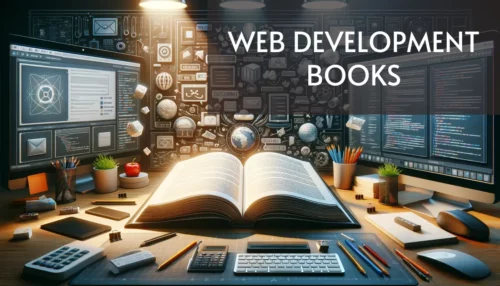
Web development is the proper construction and maintenance of websites, while expanding their content and improving their appearance with good performance, so that the user gets the best experience.
A web developer can be involved in the design of a website, but can also write web scripts in languages such as PHP and ASP. In addition, a web developer can help maintain and update a database used by a dynamic website.
Web developers are usually employed by companies specializing in specialized software development or computer consultancy. These professionals have the option of working directly for the company or on a freelance basis.


